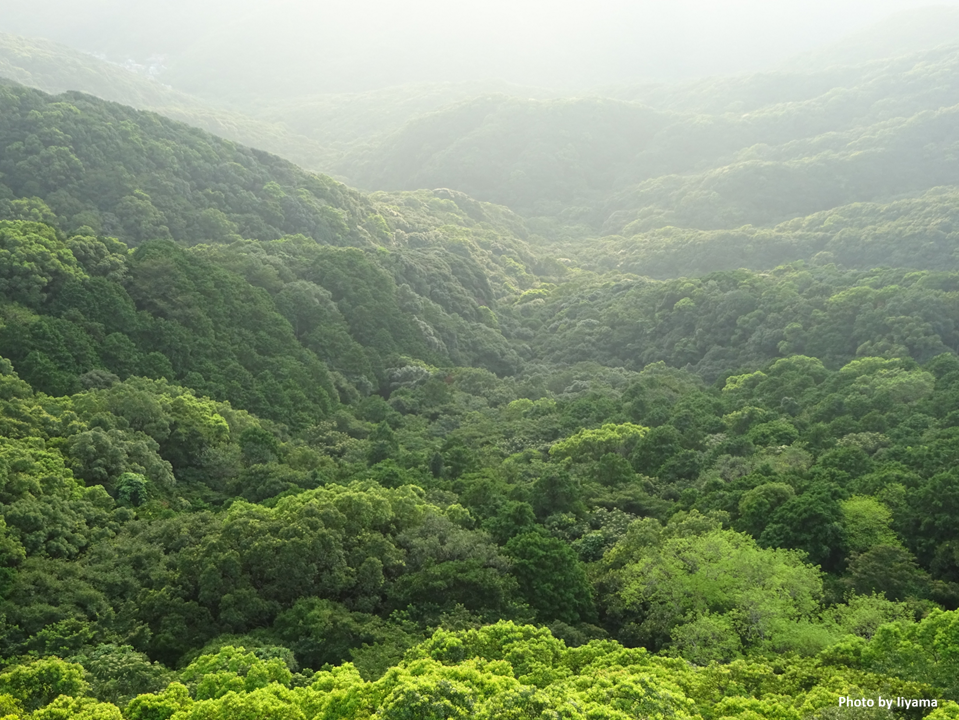Pick Up
1365. The Pace of Deforestation is Slowing

1365. The Pace of Deforestation is Slowing
Deforestation refers to the loss of forests or their conversion to other uses, such as urban areas or wasteland. The latest Forest Assessment Report by the Food and Agriculture Organization of the United Nations (FAO), published every five years, revealed that approximately 500 million hectares (ha) of forests (equivalent to approximately 750 million football fields) have been lost since 1990. Meanwhile, over the past decade, the world has lost approximately 10.9 million hectares of forest annually. This rate represents an improvement over the 13.6 million hectares lost in the previous period and the 17.6 million hectares lost in the period before that. Deforestation has slowed in all regions of the world over the past decade. However, forest expansion is also slowing, falling from 9.88 million hectares per year between 2000 and 2015 to 6.78 million hectares per year in the decade to 2025.
The report provides a comprehensive analysis of global and regional forest trends using data collected from remote sensing (advanced methods using imagery and satellites) and country reports.
The report's assessment reveals that one-fifth of the world's forests are under legally designated protection, with 251 million hectares of newly protected forests having been added since 1990. Asia has the highest percentage of all regions, with a forest cover rate of 26%. Beyond protection orders, more than half of forests are under management. Land is used for a variety of purposes, including timber, fiber, and bioenergy production, soil and water protection, biodiversity conservation, and tourism. In Europe, a staggering 94% of forests are under management. As of 2020, 71% of the world's forests are publicly owned. In North and Central America, indigenous peoples and local communities own 41.6 million hectares of forest.
Meanwhile, the FAO links the increased risk of wildfires and pests to forests with climate change. Fires remain a widespread threat, affecting an average of 261 million hectares of land per year, about half of which is forest. In 2020, pests, diseases, and severe weather events damaged an additional 41 million hectares of forest.
As part of efforts to monitor and protect forests, a special forest pavilion will be set up at next month's United Nations Climate Change Conference (COP30) in Brazil to raise awareness of biodiversity conservation and sustainable development.
(References)
FAO. 2025. Global Forest Resources Assessment 2025. Rome. https://doi.org/10.4060/cd6709en
Contributor: Miyuki IIYAMA, Information Program
